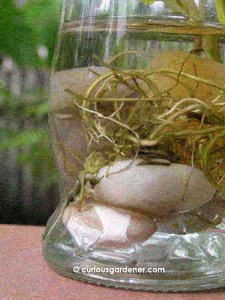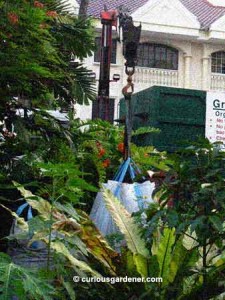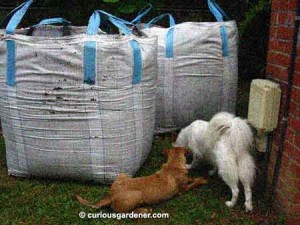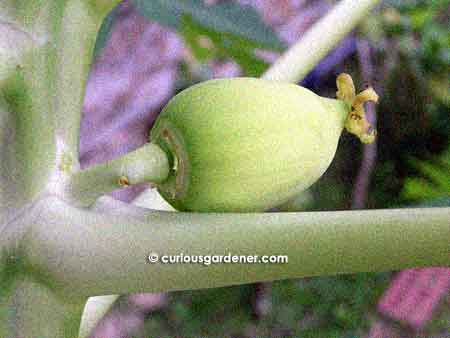
Remember to change the water every other day. Better yet, place anti-mosquito granules in the water - get them at plant nurseries.
The good folks from the NEA have been busy checking the neighbourhood for mosquito breeding places because there have been a couple of new cases of dengue reported here again. It’s ironic to think that the tiny Aedes mosquito can bring big, strong humans down – but they can, and they do. Indiscriminately. So we need to be on the alert for them.
Having had dengue fever many years ago, I can assure you I don’t want to go through it again. It’s not just because of the fever that completely incapacitates you; there are different dengue viruses, and getting infected by more than one of them can give you the deadly dengue hemorrhagic fever.
It takes weeks and months to get your strength back after having dengue, and because of the potentially dangerous consequences, I urge everyone to be more careful about stagnant water – not just in your home but in your surroundings. You never know if the mosquito that bit you as you walked on your way anywhere was a carrier of the dengue virus. It recently happened to a friend of mine, and she likely was bitten by a mosquito on her way to the bus stop as there were a couple of dengue cases in that part of the neighbourhood. We can’t be too careful.
For more information about what you can do to prevent mosquitoes from breeding, see my earlier anti-mozzie article. Stay safe, folks!
© 2011 curiousgardener.com All rights reserved.




